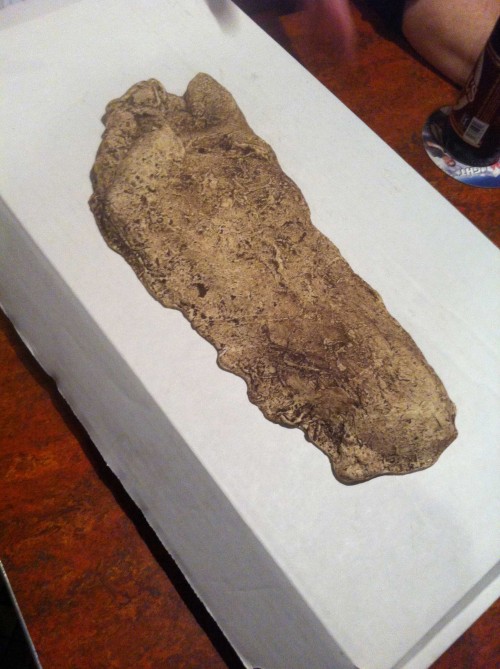It’s true that science publishing has some serious problems — can you access the latest results from federally funded research? Do you think Science and Nature are really the best science journals in the world? — so it’s good that some people are taking the lead in changing their approaches and developing alternative publishing models.
Leading academic journals are distorting the scientific process and represent a "tyranny" that must be broken, according to a Nobel prize winner who has declared a boycott on the publications.
Randy Schekman, a US biologist who won the Nobel prize in physiology or medicine this year and receives his prize in Stockholm on Tuesday, said his lab would no longer send research papers to the top-tier journals, Nature, Cell and Science.
Schekman said pressure to publish in "luxury" journals encouraged researchers to cut corners and pursue trendy fields of science instead of doing more important work. The problem was exacerbated, he said, by editors who were not active scientists but professionals who favoured studies that were likely to make a splash.
Easy for Schekman to do. He’s got a Nobel, I don’t think he has to worry about getting and maintaining a position, or even getting published where ever he wants anymore. Cutting out the “luxury” (I think they prefer to be called “prestige”) journals doesn’t discomfit him in the slightest.
Schekman is scathing in his assessment of the popular big name journals. But at least he’s also trying to do something to correct the situation: he is promoting a new open-access journal, eLife, of which he is the editor.
I took a look. It was a bit off-putting at first: Schekman’s face is plastered in the middle of the page, and there’s a link up top to “Follow Randy’s Nobel Journey”, and I thought…uh-oh, are we going to replace “luxury” journals with vanity journals? But then I browsed the several hundred currently published articles, and they’re not bad, at least if you’re interested in cell and molecular biology (oh, hey, I am!).
Looks like I’m adding another journal to the list I regularly check.



